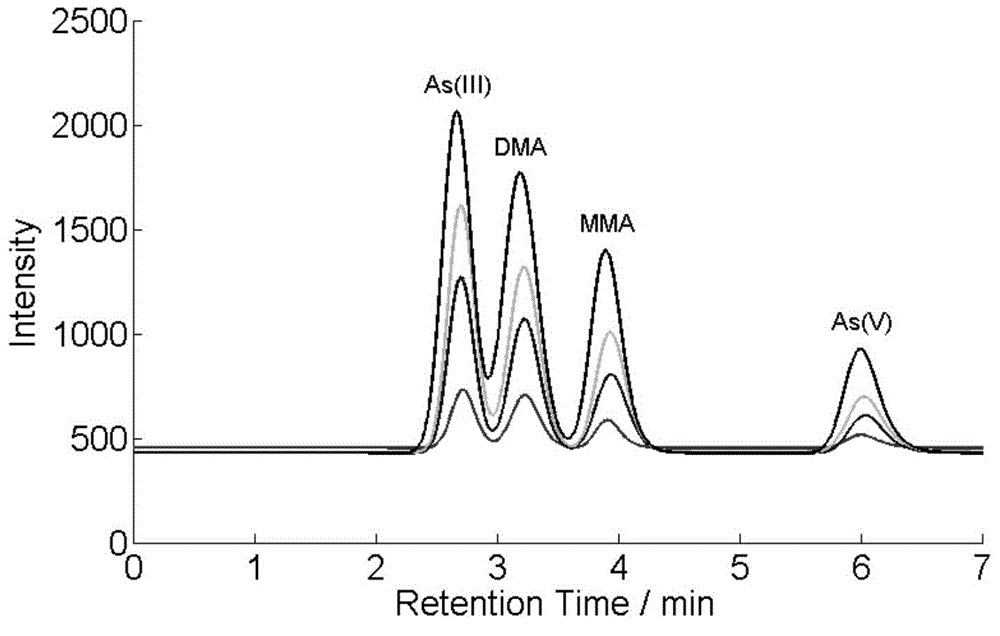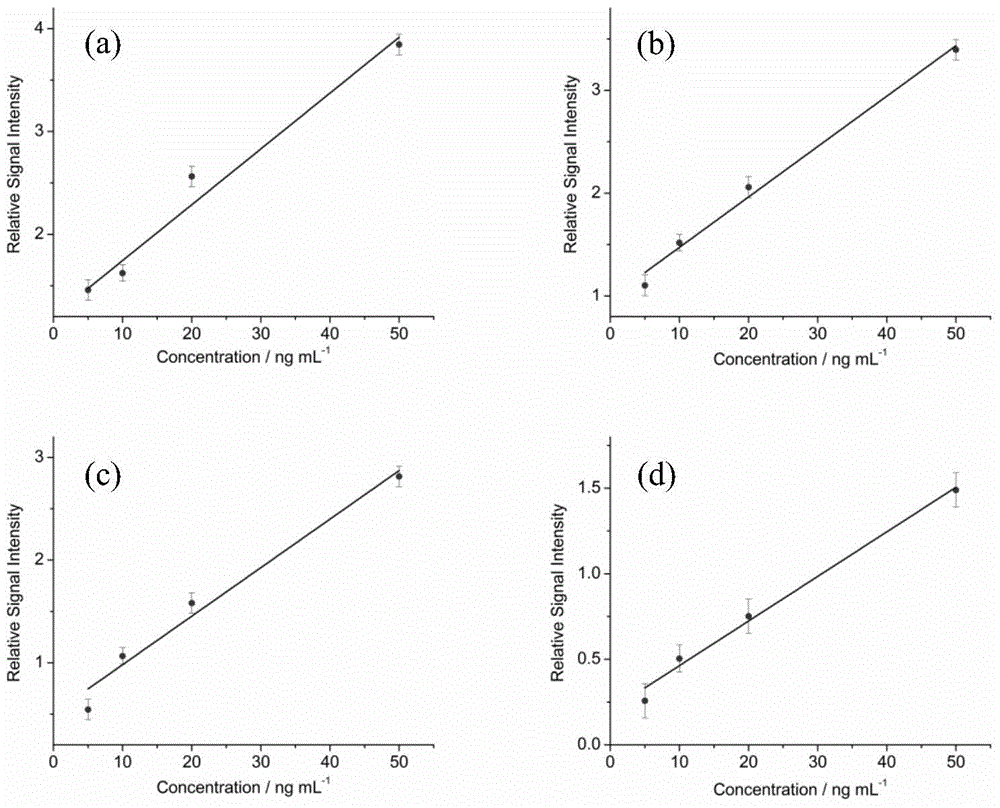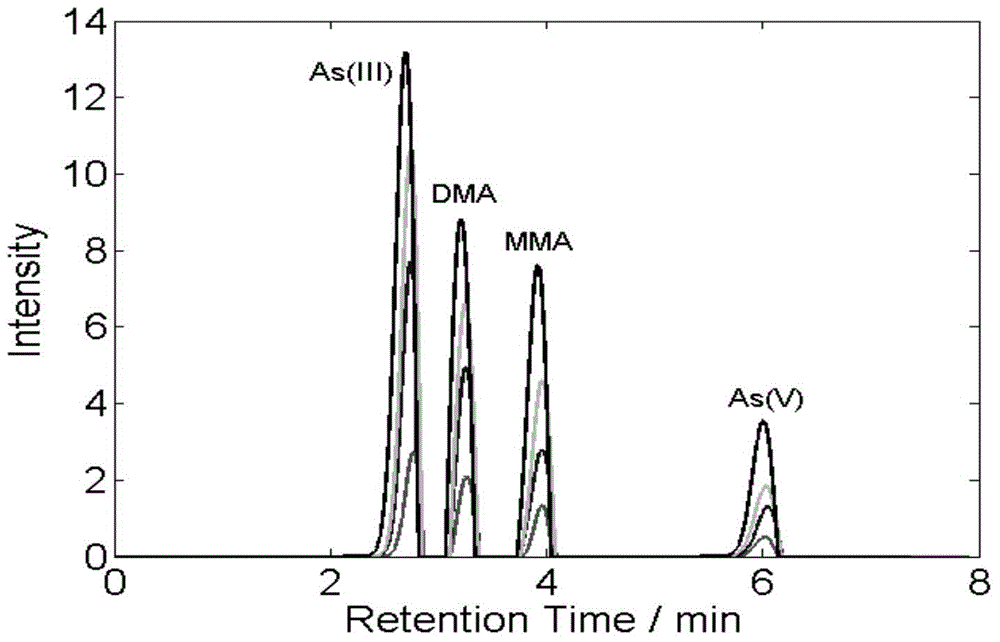HPLC-HG-AFS data processing method based on theory and difference algorithms of system model
A HPLC-HG-AFS, differential algorithm technology, applied in the direction of material separation, analysis of materials, measurement devices, etc., can solve the problems affecting the accuracy of peak area reading, peak tailing, spectral peak overlap, etc. Achieve the effect of reducing calculation deviation, improving spectral resolution, and suppressing tailing
- Summary
- Abstract
- Description
- Claims
- Application Information
AI Technical Summary
Problems solved by technology
Method used
Image
Examples
Embodiment Construction
[0020] The present invention will be described in detail below in conjunction with the accompanying drawings and specific embodiments, but the implementation scope of the present invention is not limited thereto.
[0021] The present invention learns from and improves the differential algorithm of the differential GC / MS method proposed by Ghosh and Anderegg, and applies it to the analysis of spectrogram data of the HPLC-AFS system. The difference algorithm uses vector thinking, which is carried out in two steps:
[0022] The first step is to denoise and fit the original fluorescence data collected by the HPLC-HG-AFS system, and store the preprocessed data in a vector S, S=[s 1 ,s 2 ,...s n ]. Then, subtract two adjacent data points in S, and store the positive and negative difference values in two vectors U and V respectively, U=[u 1 ,u 2 ,...,u n ], V=[v 1 ,v 2 ,...,v n ]. Among them, U is used to store the positive difference, and V is used to store the negative ...
PUM
| Property | Measurement | Unit |
|---|---|---|
| correlation coefficient | aaaaa | aaaaa |
Abstract
Description
Claims
Application Information
 Login to View More
Login to View More - R&D
- Intellectual Property
- Life Sciences
- Materials
- Tech Scout
- Unparalleled Data Quality
- Higher Quality Content
- 60% Fewer Hallucinations
Browse by: Latest US Patents, China's latest patents, Technical Efficacy Thesaurus, Application Domain, Technology Topic, Popular Technical Reports.
© 2025 PatSnap. All rights reserved.Legal|Privacy policy|Modern Slavery Act Transparency Statement|Sitemap|About US| Contact US: help@patsnap.com



